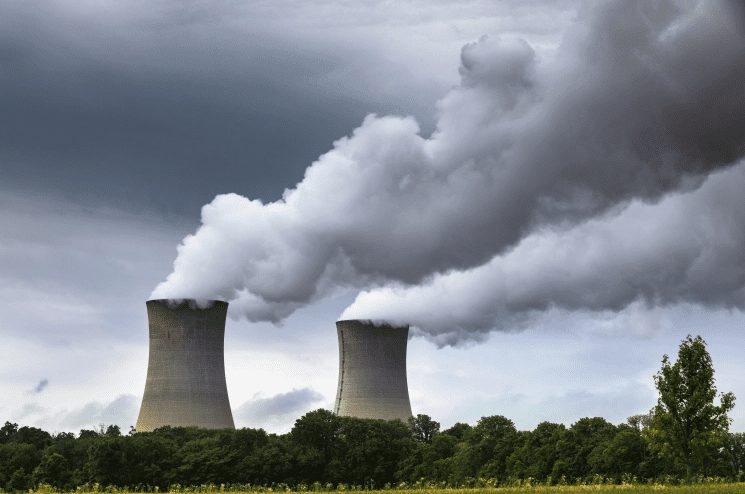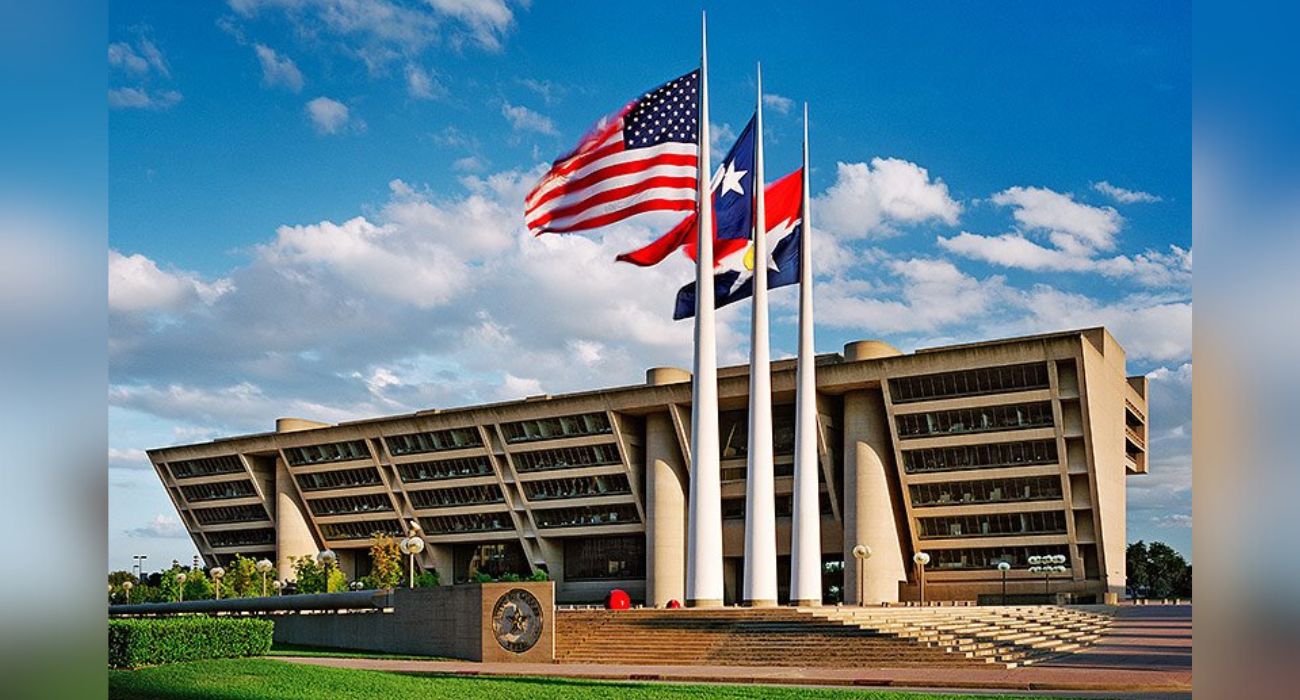In a 6-3 decision, the Supreme Court ruled Thursday that the Environmental Protection Agency (EPA) cannot issue “sweeping regulations” to limit emissions from existing power plants without congressional approval.
Chief Justice John Roberts wrote the majority opinion in the West Virginia v. the Environmental Protection Agency case. Roberts was joined by Justices Samuel Alito, Amy Coney Barrett, Neil Gorsuch, Brett Kavanaugh, and Clarence Thomas.
“There is little reason to think Congress assigned such decisions” about the regulations in question to the EPA, despite the agency’s belief that “Congress implicitly tasked it, and it alone, with balancing the many vital considerations of national policy implicated in deciding how Americans will get their energy,” Roberts wrote.
“Capping carbon dioxide emissions at a level that will force a nationwide transition away from the use of coal to generate electricity may be a sensible ‘solution to the crisis of the day,'” Roberts wrote, “but it is not plausible that Congress gave EPA the authority to adopt on its own such a regulatory scheme.”
“A decision of such magnitude and consequence rests with Congress itself, or an agency acting pursuant to a clear delegation from that representative body,” Roberts added.
The case stemmed from the Obama administration’s 2015 Clean Power Plan, which set a goal for the country to reduce carbon emissions at power plants by shifting away from coal to natural gas, wind, and solar energy.
The Supreme Court put the plan on hold in 2016 before it was repealed entirely in 2019 by the Trump administration, which argued that the program exceeded the EPA’s authority under the Clean Air Act.
The Trump administration replaced the Obama-era rule with the Affordable Clean Energy (ACE) Rule, which proposed standards to regulate emissions exclusively from existing coal-fired steam plants.
After President Biden took office, the ACE Rule became the subject of court challenges from states and environmental groups. The D.C. Circuit Court of Appeals eventually vacated that rule and reversed the repeal of the Clean Power Plan.
However, the Biden administration’s EPA did not reinstate the Clean Power Plan, opting instead to develop its own plan. Since the D.C. Circuit Court’s ruling, there has not been an EPA standard on carbon pollution for existing power plants.
Attorneys general from 19 states, led by West Virginia’s Patrick Morrissey, along with Westmoreland Mining and North American Coal Corp., pursued the West Virginia v. the Environmental Protection Agency case, seeking a ruling that would prevent the EPA from authorizing future sweeping nationwide regulations to limit emissions. The plaintiffs argued that authority only belonged to Congress.
The majority of the Supreme Court agreed with the plaintiffs.
“The Clean Power Plan essentially adopted a cap-and-trade scheme, or set of state cap-and-trade schemes, for carbon,” Roberts wrote. “Congress, however, has consistently rejected proposals to amend the Clean Air Act to create such a program.”
A cap-and-trade system would allow the EPA to set a limit on the maximum amount of greenhouse gas emissions that can be released across an industry and penalize violators. Greenhouse gas emitters would then be able to buy and sell their unused emission allowance, essentially creating a market around emissions.
The ruling also affects the environmental agency’s authority to set standards for pollutants like the Obama administration EPA did with carbon dioxide emissions from power plants under the Clean Air Act.
Fossil fuel-fired power plants are the second-largest source of pollution in the U.S. behind transportation, according to the EPA. The U.S. is also the second-largest producer of greenhouse gases in the world behind China.
The Biden administration has previously stated that its goal is to zero out carbon emissions from power plants by 2035 and halve the country’s total emissions by 2100.
Pro-coal lobbying organization America’s Power said it was “pleased the Supreme Court issued a decision that restricts the Environmental Protection Agency (EPA) from setting carbon dioxide standards for coal-fired power plants based on outside-the-fence measures.”
“We are pleased the Court agreed with us that EPA does not have unlimited authority to do anything it wants to do,” it added.
Justice Elena Kagan wrote the dissenting opinion, which Stephen Breyer and Sonia Sotomayor joined.
“Today, the Court strips the Environmental Protection Agency (EPA) of the power Congress gave it to respond to the most pressing environmental challenge of our time,” Kagan wrote.
“The Court appoints itself — instead of Congress or the expert agency — the decisionmaker on climate policy. I cannot think of many things more frightening,” Kagan wrote.
Kagan also echoed a point made by U.S. Solicitor General Elizabeth Prelogar during arguments that the Court should not have heard the case, since the Clean Power Plan no longer exists and the Biden administration is working on a different plan.
“Yet this Court determined to pronounce on the legality of the old rule anyway,” Kagan said, adding that “because no one is now subject to the Clean Power Plan’s terms, there was no reason to reach out to decide this case.”
Kagan said that the majority opinion “is really an advisory opinion on the proper scope of the new rule EPA is considering” and that the Court “could not wait — even to see what the new rule says — to constrain EPA’s efforts to address climate change.”
A statement from President Biden said the ruling was “another devastating decision from the Court that aims to take our country backwards.”
“I will not relent in using my lawful authorities to protect public health and tackle the climate crisis,” said Biden. “I have directed my legal team to work with the Department of Justice and affected agencies to review this decision carefully and find ways that we can, under federal law, continue protecting Americans from harmful pollution, including pollution that causes climate change.”
Texas Governor Greg Abbott released a statement applauding the Supreme Court’s decision “to invalidate the EPA’s power grab and rein in this lawless Biden Administration.” Texas was one of the states pursuing the case.
“Today’s landmark victory against an out-of-control administration is also a big win for Americans who worry about skyrocketing energy costs due to expensive federal regulations that threaten our energy industry,” added Abbott. “President Biden cannot keep attacking the energy industry and the hardworking men and women who power our nation.”







The picture actually shows the cooling towers at a nuclear powered electric generating plant. Water vapor condensing, not pollution.